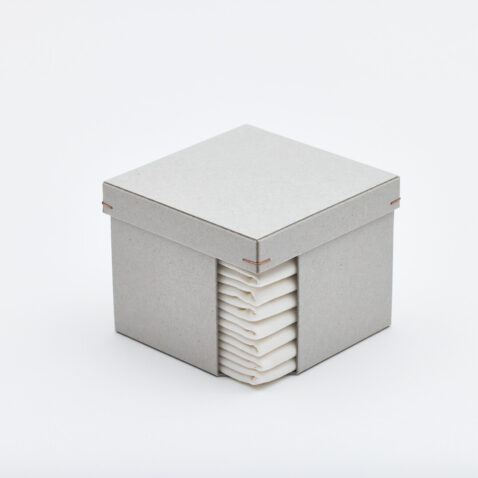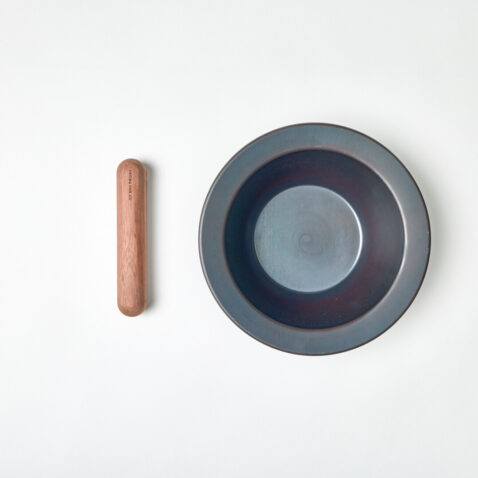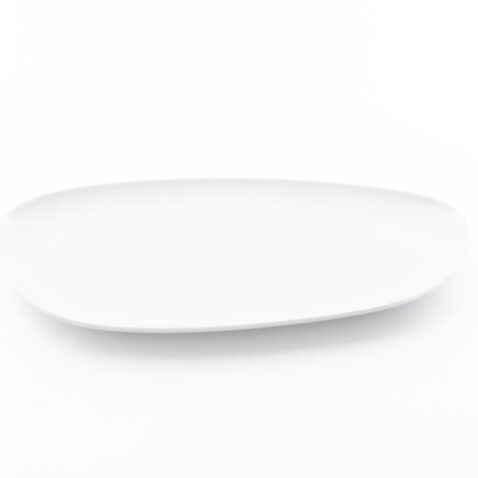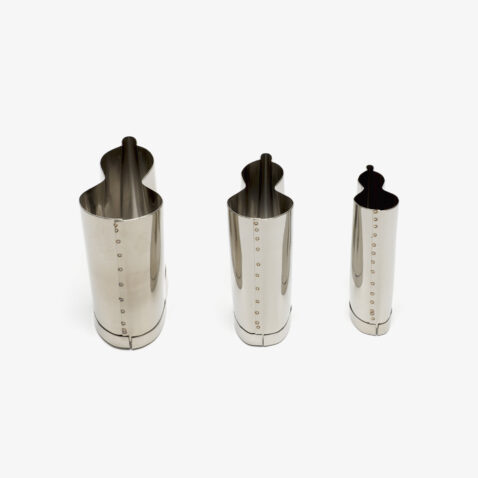
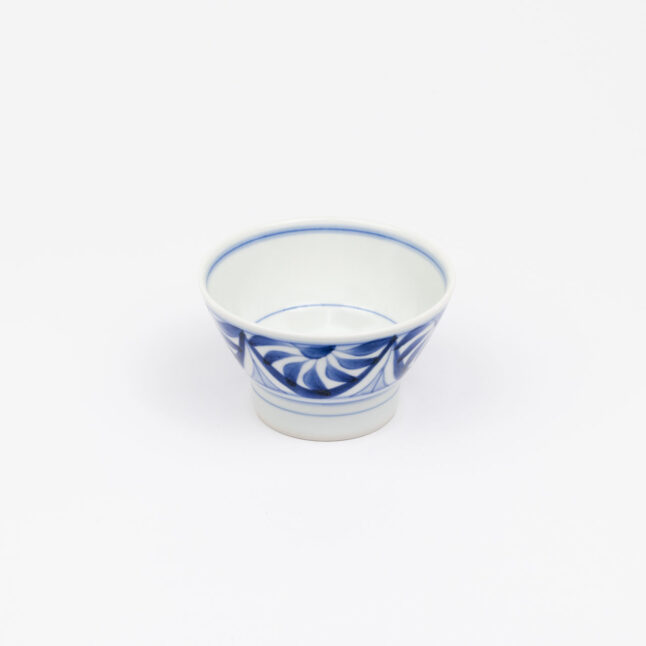
Tobe Porcelain Bowl - Chrysanthemum
砥部焼 飯碗 流れ菊
A handmade, hand-painted porcelain bowl from Tobe, Ehime Prefecture.
Want to be notified when this product is back in stock?
Tobe-yaki, a style of famous white porcelain made in Tobe, Ehime Prefecture has been produced since 1775. This bowl was made in one of the oldest and most well-established kilns in Tobe, Baizangama. Producing the porcelain, the clay bodies are formed by hand by expert potters then air-dried for several days before the initial bisque firing at temperatures over 900 degrees Celsius in a noborigama, a climbing kiln built with large, heat-resistant bricks, that slightly expand heated. Once the porcelain cooled down, the blue coloured patterns are made with an underglaze method using gosu, an indigo blue pigment made of a mixture of cobalt oxide and other components. The pigment is then covered in a transparent glaze and fired again at over 1200 degrees Celsius. Tobe-yaki has been highly praised by Yanagi Sōetsu, the founder of the Mingei (folk craft) movement in Japan, as well as famous potters such as Hamada Shōji, for its utilitarian beauty and characteristic, hand-painted decorations. These patterns are drawn using a technique called tsuketate-kaki, contourless drawing, whereby the outlines are not drawn, and the thickness of lines is a pure expression of brush strokes.
Not microwave or dishwasher safe.
Size: H7.5 cm x Ø12.3 cm
Shikoku
The island of Shikoku is divided into four prefectures. All of these can be visited on the 88-temple Buddhist pilgrimage around the island. The area is also home to Naoshima, a small island in the Inland Sea, known for its many contemporary art installations and museums while the Tokushima Prefecture is famous for its cultivation of Japanese indigo.

Discover more
Sign up for exclusive updates
Receive a 10% discount on your first online order and be the first to hear about Japan House London's Shop collections, exhibitions, events, offers and more, direct to your inbox
We respect your privacy and data security. Check our Privacy Policy for more details.
